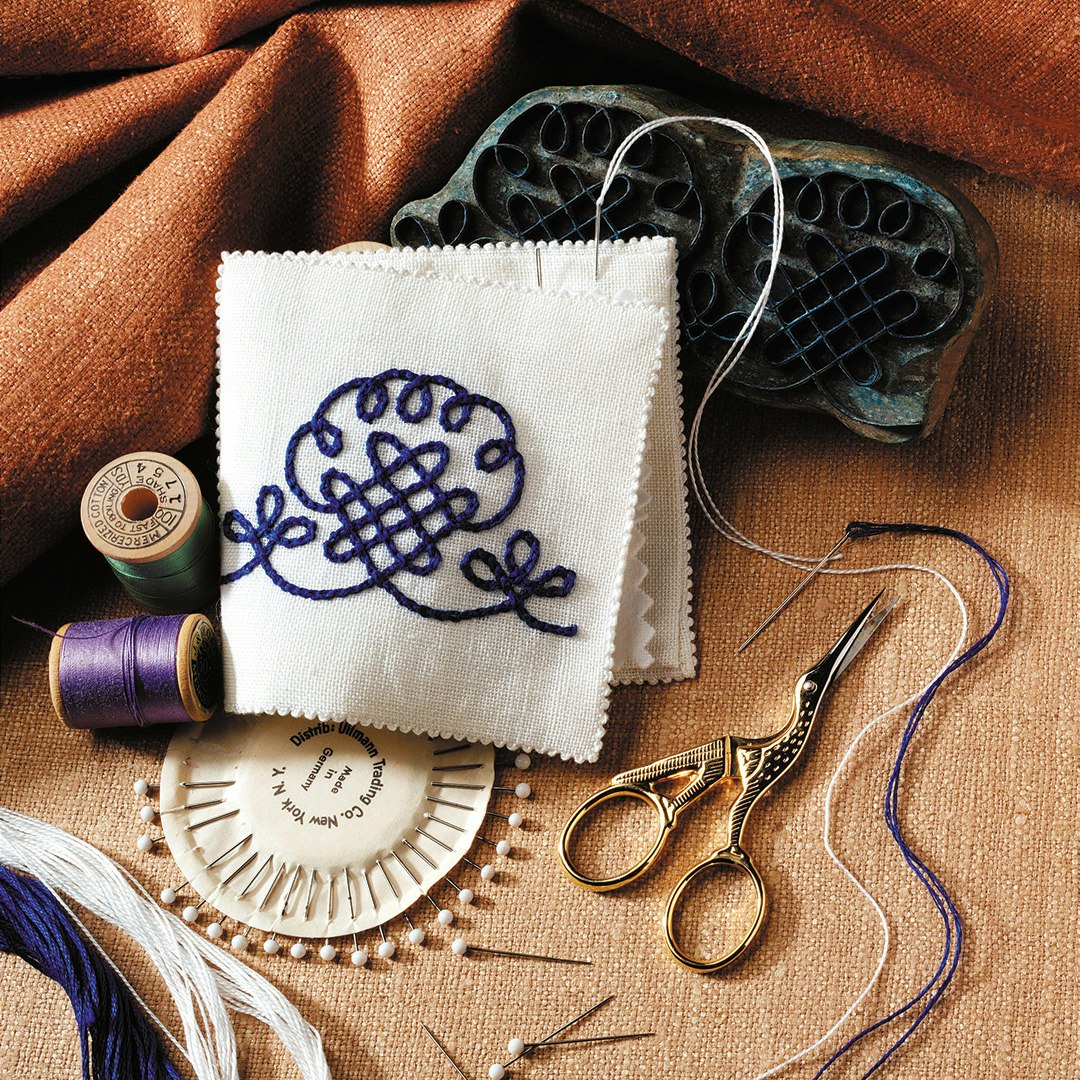August 10, 1846
The Smithsonian Institution is Created
One of the world’s greatest repositories of treasures was given to the United States by a little-known English scientist James Lewis Macie. Born circa 1765, he was the illegitimate son of Hugh Smithson, who later would become England’s first Duke of Northumberland. Macie’s mother was Elizabeth Keate Hungerford Macie, a wealthy English widow.
Educated at Oxford, Smithson was a brilliant scientist and a fellow of the Royal Society of London. Following the death of his mother in 1800, he took his father’s last name; he and his half-brother inherited a considerable sum of money from their mother. Smithson died in 1829. According to an online Smithsonian article, “Who Was James Smithson”:
- Smithson’s will left the bulk of his estate to his nephew, Henry James Hungerford. But should his nephew die without children—legitimate or illegitimate—a contingency clause stated that the estate would go to “the United States of America, to found at Washington, under the name of the Smithsonian Institution, an Establishment for the increase and diffusion of knowledge….”
His nephew had no children, and the Smithsonian in Washington, D.C. was born. Smithson never explained his bequest.
My first visit to the Smithsonian was at the age of six on a family vacation. That was the first of many, many visits. The archives are vast and varied, and there are many gems. The textile and quilt collections, housed in the institution’s National Museum of American History, are among them.
Over the years, PieceWork has been fortunate to include articles about a variety of textiles in the Smithsonian’s collection, including:
- Two embroidered 19th-century nightgowns and the stamping blocks used to create the embroidery patterns (“The Nineteenth Century’s Stamping Blocks for Embroidery” by Sheryl De Jong; July/August 2001)
- American silk embroideries worked by schoolgirls in the early decades of the 19th century (“Three American Schoolgirl Silk Embroideries from the Smithsonian” by Sheryl De Jong; March/April 2007)
- Berlin-work animals accented with “raised embroidery” (“Plush-Stitch Animals” by Sheryl De Jong; November/December 2002)
- A stunning wall hanging—embroidered with silk, wool, and metal threads, and artificial jewels on a linen ground—worked by Eleanor Butler Alexander Roosevelt, the wife of Theodore Roosevelt, Jr. (“The Coq d’Or of Eleanor Butler Alexander Roosevelt” by Marjorie Littlejohn; September/October 2001)
 Sheryl De Jong used a 19th-century stamping block from her collection (seen here) for the pattern for her sweet needle case project that accompanied her article on embroidery stamping blocks in the Smithsonian’s collection. Photo by Joe Coca
Sheryl De Jong used a 19th-century stamping block from her collection (seen here) for the pattern for her sweet needle case project that accompanied her article on embroidery stamping blocks in the Smithsonian’s collection. Photo by Joe Coca
A highlight of my PieceWork life was the privilege of visiting the Smithsonian’s textile collection with members of the American Needlepoint Guild. (I’m still pinching myself.) Among the treasures I saw firsthand was Mrs. Roosevelt’s wall hanging; it really is a masterpiece.
Happy Birthday Smithsonian! Thank you, James Smithson for making the Smithsonian become a reality. Thank you to all the people—staff and volunteers—who lovingly care for the collections.
Also, remember that if you are an active subscriber to PieceWork magazine, you have unlimited access to previous issues, including those mentioned in this article. See our help center for the step-by-step process on how to access them.
Jeane Hutchins is a former editor of PieceWork.
Originally published August 2, 2017; updated August 14, 2023.

